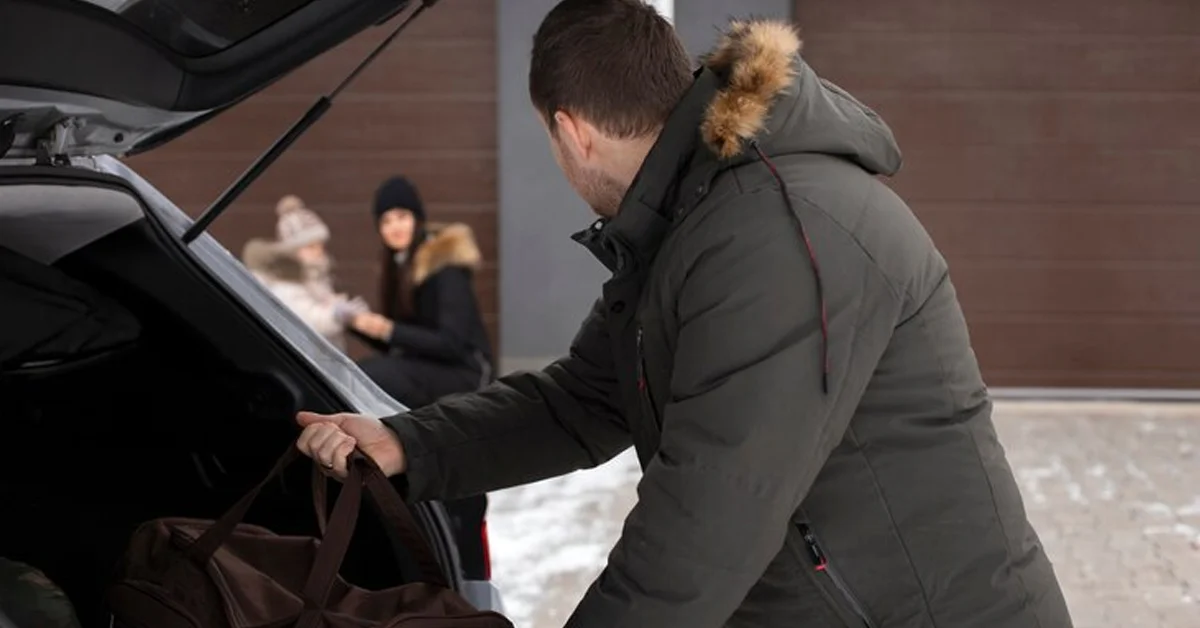Driving is an essential part of daily life for millions of people worldwide, but it also comes with inherent risks. Every year, thousands of accidents happen due to preventable errors and lack of awareness. One of the most effective methods for preventing accidents and improving road safety is understanding and applying safe driving practices. One well-known technique for promoting safer driving is S.I.P.D.E. But what exactly does S.I.P.D.E. stand for, and how can it make a difference in your driving?
TRENDING
What Did Mr Lingerfelt Mean When He Said Market Trends? Explained
What Is S.I.P.D.E.?
S.I.P.D.E. stands for Scan, Identify, Predict, Decide, and Execute. It’s a defensive driving strategy that helps drivers reduce the likelihood of accidents by promoting active awareness and deliberate decision-making behind the wheel. The system encourages you to maintain focus on the road and anticipate potential hazards, allowing you to make proactive decisions.
The goal of the S.I.P.D.E. system is to keep you in control, aware of your surroundings, and ready to respond to any situation in a safe and efficient manner. By consistently practicing these steps, you’ll be able to avoid dangerous situations before they escalate into accidents.
The Components Of S.I.P.D.E.
Let’s break down each of the components of S.I.P.D.E. and explore how they contribute to safer driving practices:
Scan
The first step in the S.I.P.D.E. system is scanning your surroundings. As you drive, it’s crucial to maintain a broad and comprehensive view of the road. This means not just focusing on the vehicle directly in front of you but scanning the entire road, including intersections, pedestrians, and vehicles in your peripheral vision.
- Look Ahead: Always scan a minimum of 12-15 seconds ahead of you. This allows you to identify potential problems before they become immediate threats.
- Look to the Sides: Frequently glance at your mirrors and the sides of the road to monitor changing conditions. Watch for pedestrians, cyclists, or other vehicles that may pose risks.
- Watch for Road Signs and Signals: Pay attention to traffic signs, signals, and other indicators that can affect your driving decisions.
Effective scanning means being proactive in noticing changes and staying alert to everything around you.
Identify
Once you’ve scanned your surroundings, the next step is to identify any potential hazards that could affect your safety. This might include a range of elements, from other drivers’ erratic behavior to road conditions or weather-related issues.
Examples of hazards to identify include:
- Other vehicles that may be changing lanes or making turns without signaling
- Pedestrians attempting to cross the street
- Poor road conditions, such as potholes, ice, or debris
- Poor visibility caused by fog or heavy rain
- Aggressive or distracted drivers
By identifying potential hazards early, you can begin to form a plan to address them, ensuring you’re prepared to act if needed.
Predict
The third step in S.I.P.D.E. is predicting what might happen next based on the hazards you’ve identified. This involves thinking ahead and considering how the situation could unfold, which helps you anticipate possible outcomes and prepare for them.
- Anticipate Driver Behavior: Predict how other drivers may react. For example, if you see a driver in a hurry weaving through traffic, you can anticipate that they might not stop for a red light, and you can adjust your speed and position accordingly.
- Predict the Road’s Condition: If you spot a slippery patch of road or see an obstacle ahead, predict how these might affect your car’s handling or the actions you need to take.
The key to prediction is staying several steps ahead, considering how things might unfold based on the information you’ve gathered.
Decide
After scanning, identifying, and predicting, the next step is to decide on a course of action. This is where you make the critical decision about how to respond to the hazards and potential risks around you.
Decisions may include:
- Adjusting your speed to give yourself more time to react
- Changing lanes to avoid a dangerous situation
- Applying your brakes early if you anticipate stopping
- Steering to avoid obstacles or navigating through narrow spaces
At this point, you should also consider the safest option for yourself and others on the road. Is there an alternate route you could take? Should you slow down to give yourself more time to react? Decision-making is about choosing the safest and most responsible action.
Execute
Finally, the last step in S.I.P.D.E. is executing your decision. This is where you put your plan into action. Whether it involves braking, steering, or accelerating, executing your decision should be done smoothly and decisively.
Execution requires practice and confidence. It’s important to stay calm and avoid overreacting. For instance, if you’re forced to make an emergency stop, it’s crucial to execute it smoothly to prevent losing control of the vehicle.
Effective execution can make the difference between avoiding an accident and being involved in one.
Why Is S.I.P.D.E. Important?
S.I.P.D.E. is essential because it helps drivers maintain an organized approach to driving. It forces you to actively engage with your surroundings and anticipate potential hazards, giving you the ability to make smarter, more calculated decisions. It’s not just about reacting to what’s happening in the moment; it’s about being proactive, which significantly reduces the risk of accidents.
When drivers practice S.I.P.D.E., they are more likely to:
- Recognize hazards sooner
- Make safer decisions in critical situations
- Maintain better control over their vehicle
- Stay calm and composed during stressful driving conditions
- Avoid common mistakes that lead to accidents
How To Incorporate S.I.P.D.E. Into Your Daily Driving Routine
Incorporating S.I.P.D.E. into your daily driving doesn’t have to be difficult. It simply requires conscious effort and attention. Here are some tips for implementing the S.I.P.D.E. strategy on the road:
Stay Focused: Eliminate distractions like texting or fiddling with the radio. The more focused you are, the more effectively you can scan and react to potential dangers.
Practice Regularly: The more you practice S.I.P.D.E., the more intuitive it becomes. It will eventually feel like second nature.
Be Patient: Sometimes, defensive driving means waiting for an opportunity to safely pass another vehicle or navigate a tricky intersection. Being patient can prevent aggressive driving and accidents.
Learn from Experience: Use your past driving experiences as learning opportunities. Did you notice any hazards too late? Were there times you could have predicted an event better? Reflecting on your experiences will help you sharpen your skills.
Conclusion
The S.I.P.D.E. system is a powerful tool for safe driving. By scanning your environment, identifying potential risks, predicting possible outcomes, making smart decisions, and executing them decisively, you’ll be better prepared to handle the unpredictable nature of the road. With consistent practice, S.I.P.D.E. can make you a more defensive, proactive driver, significantly reducing your risk of being involved in an accident. Safe driving isn’t just about following the rules; it’s about being prepared for any situation that comes your way. Practice S.I.P.D.E., and stay safe on the road.
ALSO READ: What Is A Rational Subgroup For An XBar Chart? Explained
FAQs
What is S.I.P.D.E. in driving?
S.I.P.D.E. stands for Scan, Identify, Predict, Decide, and Execute. It’s a defensive driving strategy that helps drivers stay safe by improving their awareness and decision-making skills behind the wheel.
How does S.I.P.D.E. reduce accidents?
S.I.P.D.E. reduces accidents by encouraging proactive driving, which helps drivers identify hazards early, predict potential dangers, make informed decisions, and execute actions to avoid accidents.
Is S.I.P.D.E. only for experienced drivers?
No, S.I.P.D.E. is beneficial for drivers of all experience levels. Whether you’re a beginner or an experienced driver, using this strategy can enhance your awareness and help you make better decisions on the road.
Can S.I.P.D.E. be applied in all driving conditions?
Yes, S.I.P.D.E. is a versatile strategy that can be applied in any driving condition, from clear, dry roads to rainy, foggy, or icy conditions. It helps you stay aware of and prepared for potential hazards in all environments.
How do I practice S.I.P.D.E. in everyday driving?
You can practice S.I.P.D.E. by staying focused, scanning your surroundings regularly, identifying potential hazards, predicting possible outcomes, making informed decisions, and executing actions confidently when needed.











